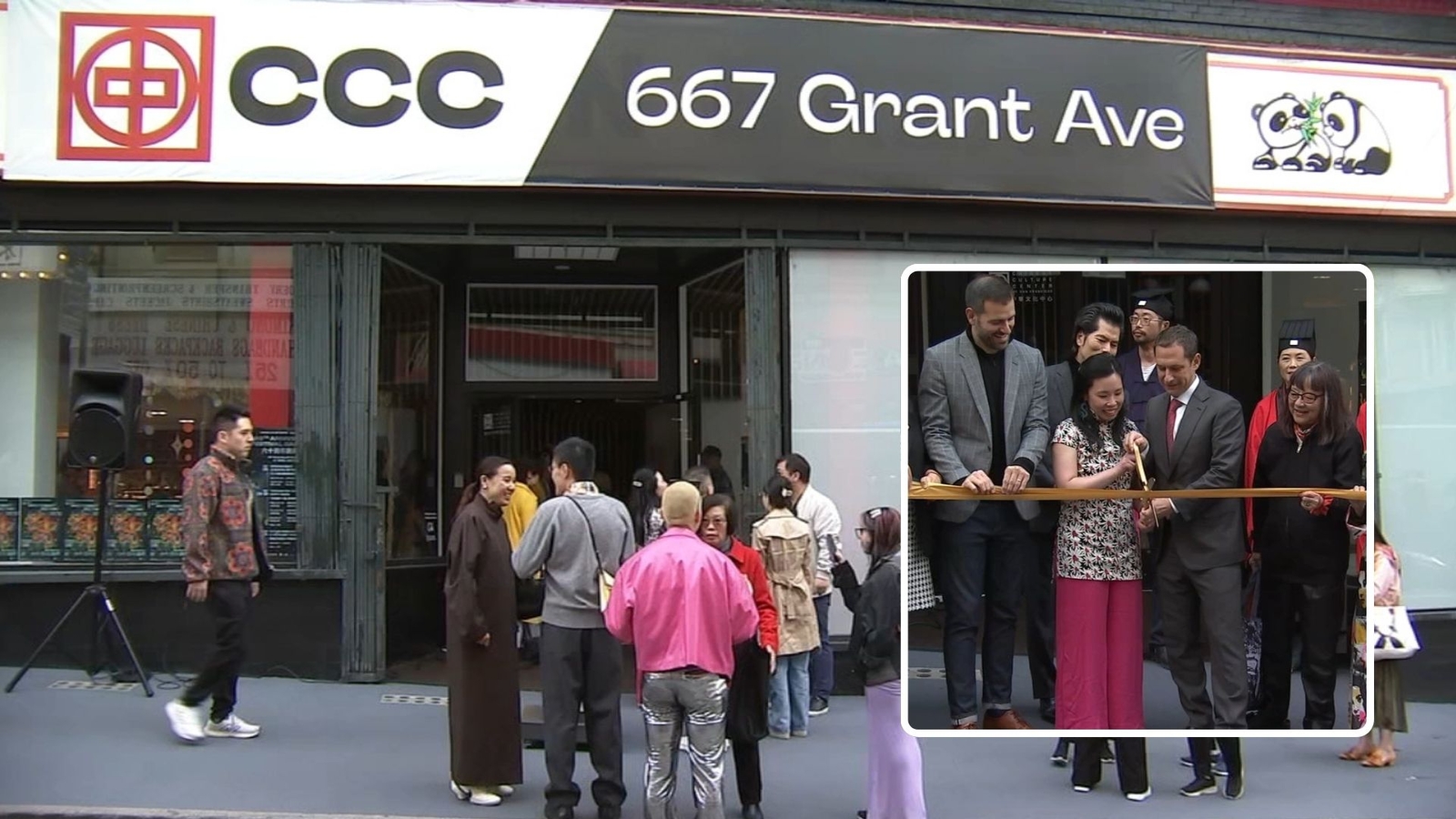Civil Air Patrol, Inc.
For more than 50 years, the Civil Air Patrol has aggressively performed the missions Congress mandated in 1946: Aerospace Education, Cadet Programs, and Emergency Services. Aerospace Education America's love of manned flight started with the Wright brothers and continues unabated during this century. World War II showcased the important role aviation would play in the future and national leaders recognized the importance of stimulating public interest in aerospace activities. CAP, as the civilian Auxiliary of the U.S. Air Force, was most suited to perform this mission. Their efforts focused on two different audiences - internal CAP members and the general public. Aerospace educators working out of CAP's National Headquarters at Maxwell AFB, Ala., provide materials that are current and reflect the highest standards of educational excellence. The congressional charter also tasked CAP to stimulate public interest in aerospace issues. These external programs are primarily conducted through our nation's education systems. These workshops highlight basic aerospace knowledge and focus on advances in aerospace technology. Textbooks, learning tools, and visual aids geared to stimulate interest in aerospace matters also are provided for teachers to use in their classrooms. Started in 1951, these workshops have reached hundreds of thousands of young people. CAP also plans and executes the National Congress on Aviation and Space Education. NCASE is the premier aerospace education conference held in the nation. The NCASE is designed to promote an understanding of aviation and space education to motivate and encourage teachers to incorporate aerospace education into their curriculum. It also encourages aerospace leaders to speak out on aerospace issues facing our nation today.
Civil Air Patrol
Overview
The Civil Air Patrol (CAP) is a federally supported, nonprofit corporation that serves as the official civilian auxiliary of the United States Air Force (USAF). Established in December 1941, CAP was created to utilize civilian aviation resources in support of national defense during World War II. Today, it operates under three primary missions: emergency services, aerospace education, and cadet programs.
History
The concept of CAP dates back to the late 1930s, when aviation advocate Gill Robb Wilson envisioned a role for civilian aviators in national defense. With the threat of World War II looming, Wilson's idea gained support from other aviation enthusiasts and government officials. On December 1, 1941, CAP was officially formed by Administrative Order 9, signed by Fiorello H. LaGuardia, then Director of the Office of Civilian Defense, with Major General John F. Curry as its first national commander[1][2].
During World War II, CAP played a critical role in supporting the war effort through coastal patrols, anti-submarine warfare, border patrols, courier services, and other operations. CAP aircraft flew over 24 million miles, identified numerous enemy submarines, and engaged in various combat and non-combat missions[2][3]. After the war, CAP transitioned from a military auxiliary to a non-profit organization focused on civilian service and education[1][4].
Missions
Civil Air Patrol is engaged in three core missions:
- Emergency Services: CAP provides immediate response to emergencies such as search and rescue operations, disaster relief, and support for local law enforcement agencies.
- Aerospace Education: CAP offers educational programs to promote awareness and education about aerospace and aviation among its members and the public.
- Cadet Programs: The organization operates programs designed for teenagers, aiming to develop their character, leadership, and aviation knowledge[2][3].
Structure and Operations
CAP is headquartered at Maxwell Air Force Base in Montgomery, Alabama. It operates as part of the USAF's "Total Force" initiative, alongside active duty, reserve, and national guard components[4]. The organization is led by a National Commander and operates under the oversight of the U.S. Air Force.
CAP's activities are supported entirely by volunteer efforts, with its members coming from diverse backgrounds[2]. The organization's motto is "Semper Vigilans" ("Always Vigilant"), reflecting its commitment to vigilance and service[2].
Legal Status
Civil Air Patrol is incorporated under the U.S. Code as a non-profit organization with a unique status as an "instrumentality of the United States," similar to that of the American Red Cross[5]. This designation underscores its role as a patriotic and educational entity.
Edit WikiICO
141767249
Web
Sign in to see organisation website
Traffic
147962
From Social media
News about from their social media (Facebook and X).
Data about organisation
Join us and make a difference for the future!
Sign Up
Please fill in your information. Everything is free, we might contact you with updates (but cancel any time!)
Sign in with GoogleOr
Good News
"Empowering future generations! 🌍 A new report highlights how teaching about economic crises in history classes can cultivate resilience against populism. Educating on past challenges fosters a deeper understanding of democracy! 📚💪 #EducationMatters #Democracy #GoodNews"
Teaching on economic crises builds immunity to populism, report
Yahoo
Like CommentThrilled to see the @SFChineseCultureCenter celebrate its new permanent home in Chinatown! 🎉 A beautiful Taoist ceremony marks this historic moment for the community. 🏮 Let's continue to support and uplift cultural spaces! #GoodNews #CommunityUnity #CulturalHeritage
SF Chinese Culture Center, oldest of its kind in the nation, celebrates new permanent home
ABC7 News
Like Comment"Great to see proactive leadership in action! 🌊 CM M.K. Stalin's surprise inspections of the Adyar River works highlight the importance of community-focused infrastructure. Positive changes for better flood management! #GoodNews #CommunityFocus"
CM Stalin reviews Adyar River works for 2nd straight day as monsoon gains strength
Social News XYZ
Like Comment






